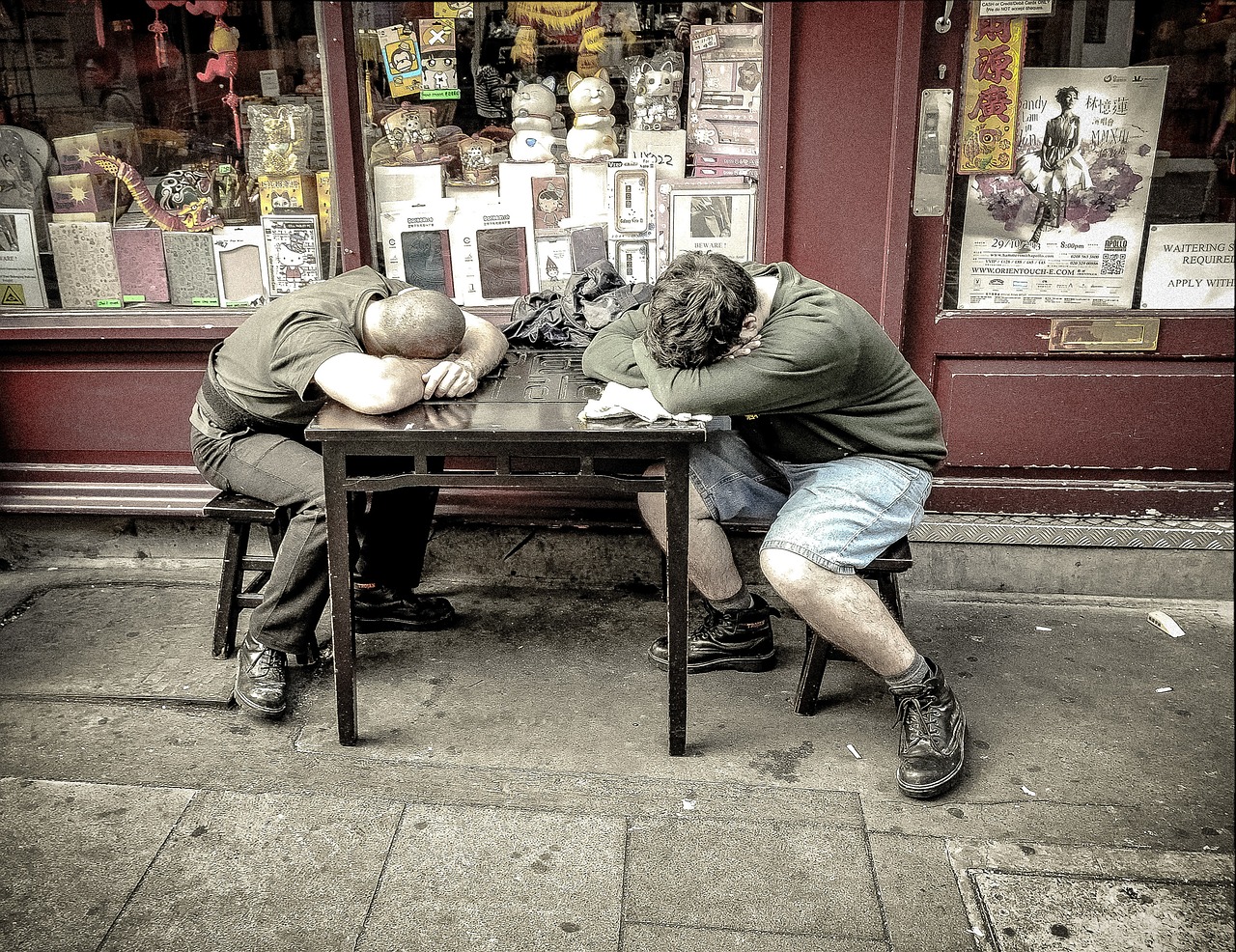Rouse your Retro from its slumber

The Retrospective is the most powerful tool in Scrum. Without Retro, the Scrum framework would only be another way of improving visibility. While that might be useful, it pales in comparison with the values provided by a sound Retro. The Retrospective provides the team space. Space to separate themselves from the work they are doing. And space look at how it is being done. It opens to door to inspect and to adapt our process.
But too many times, I see teams failing to capitalize on the value of this tool. Usually its because they are not engaged. They just go through the motions. They come into Retro. They fill out their stickies. Maybe they discuss something for a hour. Then they leave. The retro generates few ideas. Few discussions are had. And the few action items are pallid, and weak. You can feel the team’s despondency and weariness.
In order for Retro to be effective, the team must engage. You need their minds alive and awake to possibilities. And you need their hearts to long for something better. Boredom, and monotony kills these qualities. Too often, a team become complacent and falls back to just checking the box. Stop-Start-Continue. Stop-Start-Continue. Stop-Start-Continue… Who wants to waste their life like that!?!
Variety is necessary to a degree. It shouldn’t be change for change sake! But without change, our minds become conditioned to a pattern. Once we recognize the pattern our brain can shortcut. We save mental energy… and generate fewer creative ideas… and eventually ‘just go through the motions’. Thankfully, You can change a great deal in a retro, and still provide value.
You can change the format. Tried and true Stop-Start-Continue is an excellent starting point. A Simple change of the headings can reinvigorate a dry meeting. Something like To Improve, Worked Well, and New Ideas is more than enough.
Now, the first time you do this, you can expect resistance. Change is scary. So leave your team some time to adjust. But don’t let them settle. Depending on where you are starting from, the time to adjust can vary greatly. The first time I did so, it took about 2 months before the team was starting to settle. You know your team. Observe them and they will show you when they are ready.
You can further vary the format by trying new styles of Retro. Spotify, for example, published a free handbook of their Retro formats. No one says that all the ideas have to come from you. I take and use from every good source I can find. Be ruthlessly focused on the improvement of your team. Find tools and options which will help you do so.
I admit that I am particularly fond of the ‘Warm-ups’ that Spotify uses. These warm-ups help the team to enter the ‘Retro mindset’. Some get the creative juices flowing, others, help to gauge the mood of the group. There are even more ‘Scrum Games’, which are suitable warm-ups. I find many of these at ‘Tasty Cupcakes’. I know it’s a weird name. But trust me, it’s worth it!
So you’ve got new format. You’ve got games. what else can their be? What about varying the subject, or the theme? I shared my ‘Strengths-Weaknesses-Fusions’ retrospective. It was a new ‘format’ for us. The focus of the retro was less on that sprint’s work, and more on the people who composed the team. I wanted to highlight their unique skills and dispositions. Turn the lens to new subjects, new fields. Let the team explore that ‘self-organizing’ part of agile.
You could spend moments exploring intrinsic motivations (Autonomy, Purpose, Mastery) with your team. But keep in mind that it takes a healthy team to explore these in a constructive way. Take heart, you can get there.
Oh! And one more thing you can vary in a Retro: the where. How many times have you had your Retro in the same small conference room? Changing scenery can impact the spirits of the team too. I’ve found that changing the location is a good way to prepare the team for a different theme. And you don’t need to keep the Retro in the A/C either! Nature provides a bounty of locations for us. Just pick a good day and enjoy what is there for us. We already spend too much time at our desks.
Personally, I have pursued these practices to keep Retrospective vibrant and productive. I have kept our format from becoming habit. I have explored several field/themes. Each change has met with success, and the team has grown closer. I find that I fall into a cadence of intentionally changing the format every 2-3 sprints. Just enough time to get value from a given format, but not so much to become stale. As for the games, I use a new Spotify, and TastyCupcake. I recently found Liberating Structures which I find fascinating. And I have turned those exercises into excellent ‘games’. And since I need a new one almost every week, many sources are necessary. Every once in a while I might repeat a game, if the team felt it a good exercise. But that tends to be rare.
The Retrospective is our most powerful tool for Adaptation. But it is blunted if we get comfortable or lazy. There are many ways of embracing discomfort and grow. New formats, engaging games, or new themes, you need to adapt your Retrospective. Without an adapting Retrospective, the team itself cannot adapt. I hope these tools, and ideas provide some sparks of inspiration. May they help you to awaken the power of your Retrospective!
